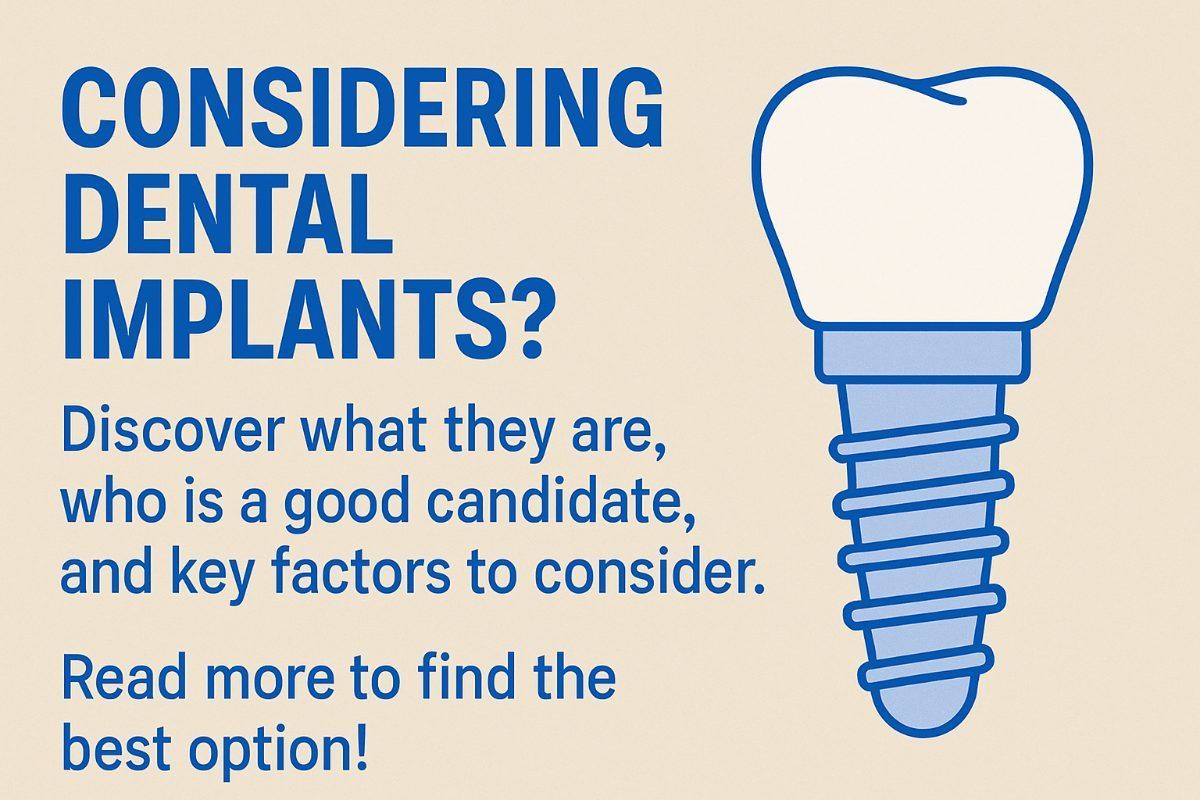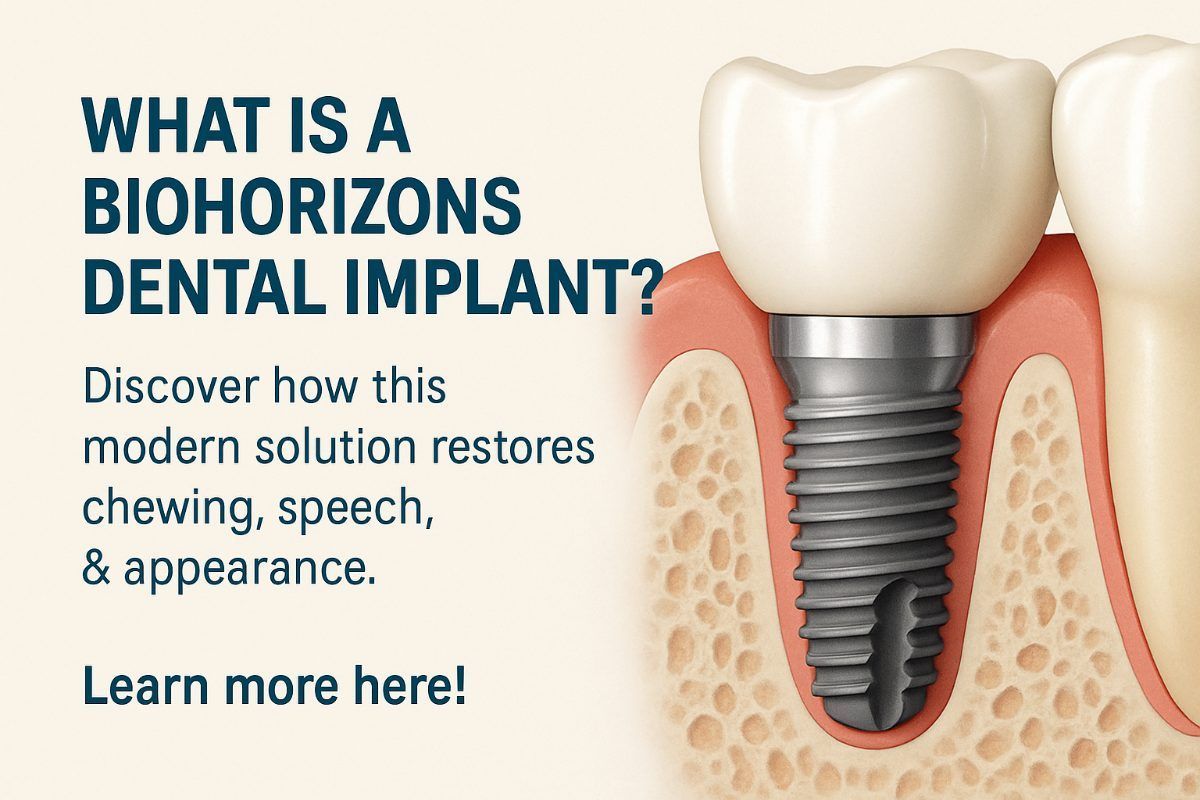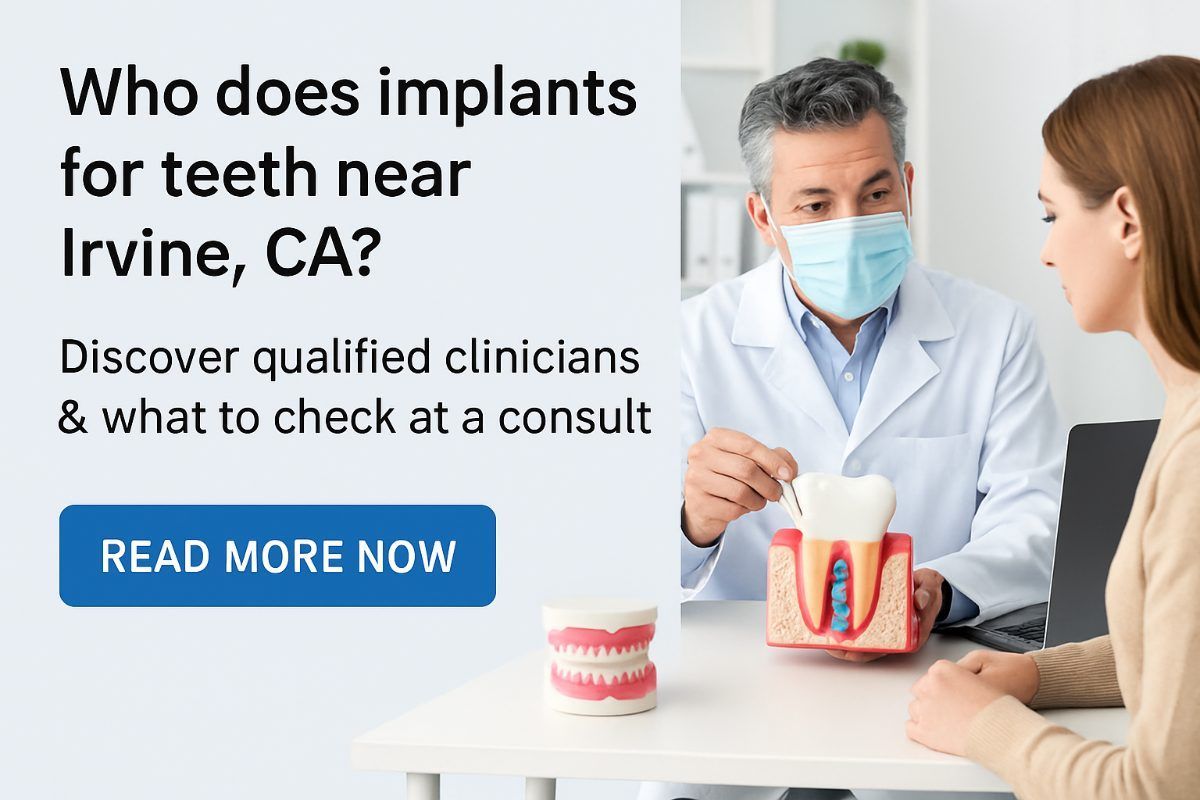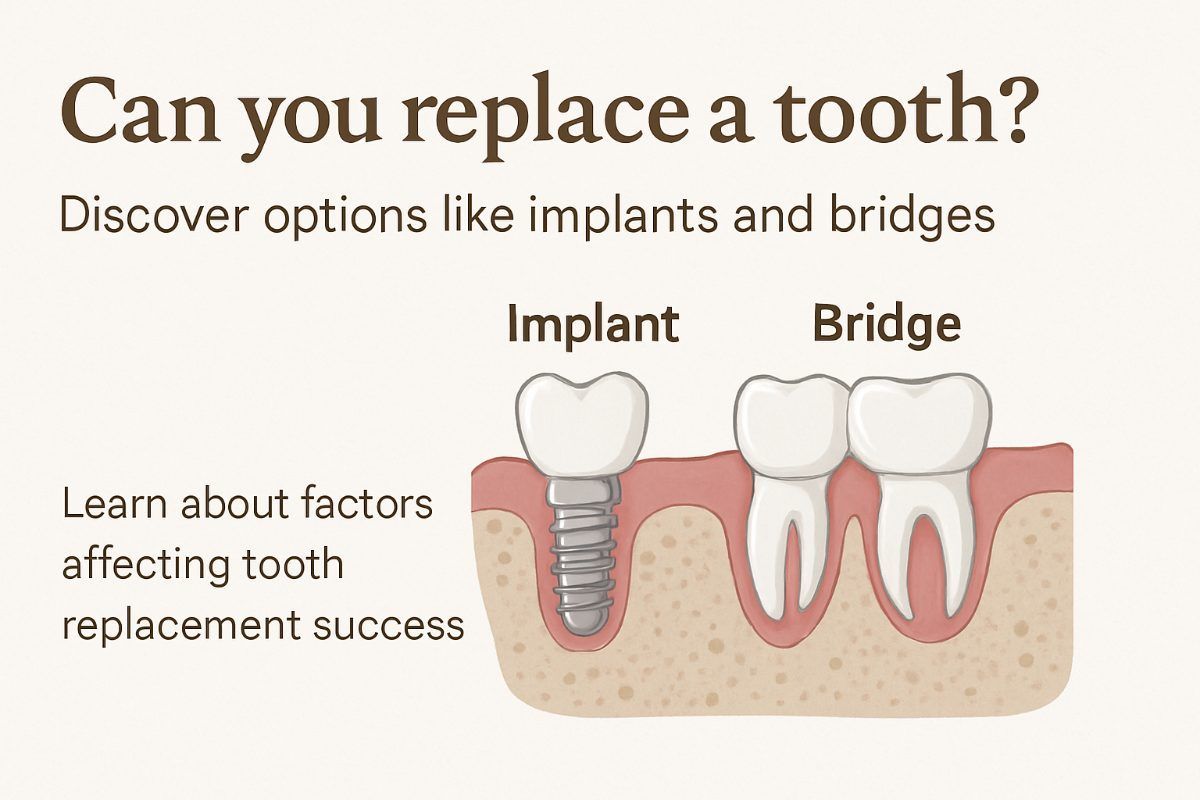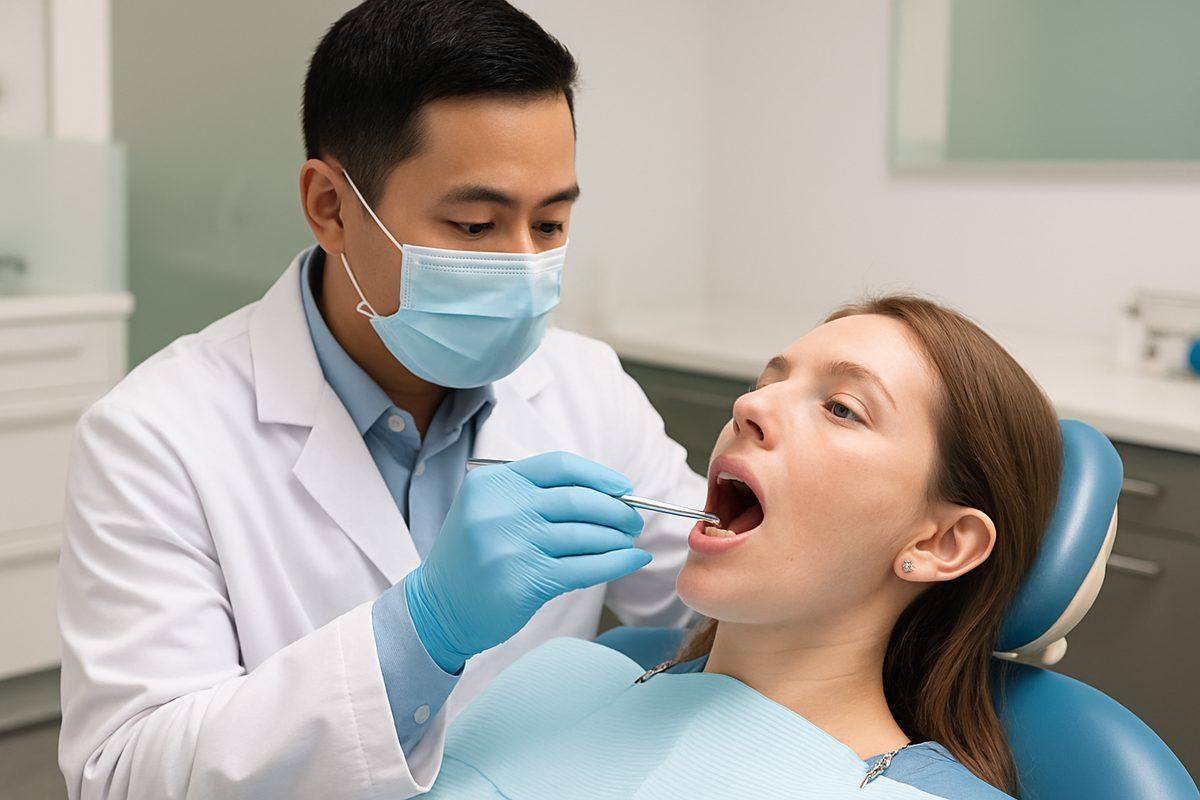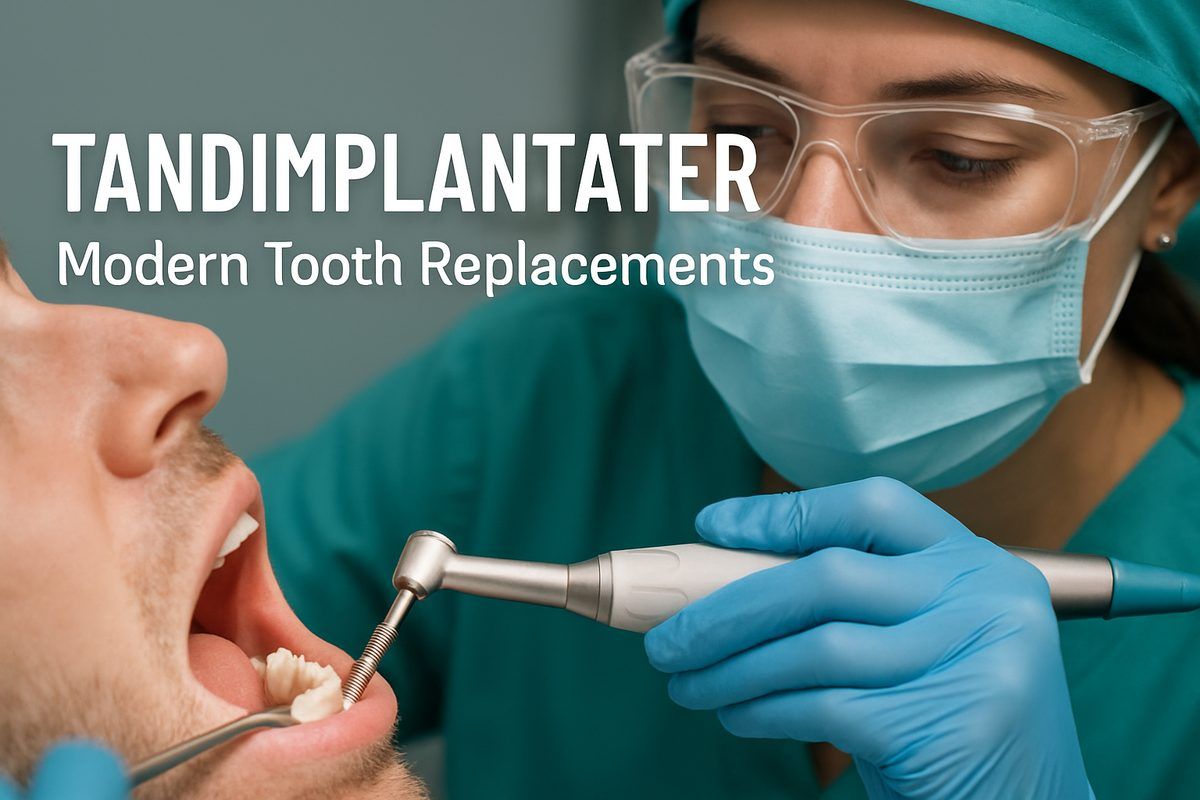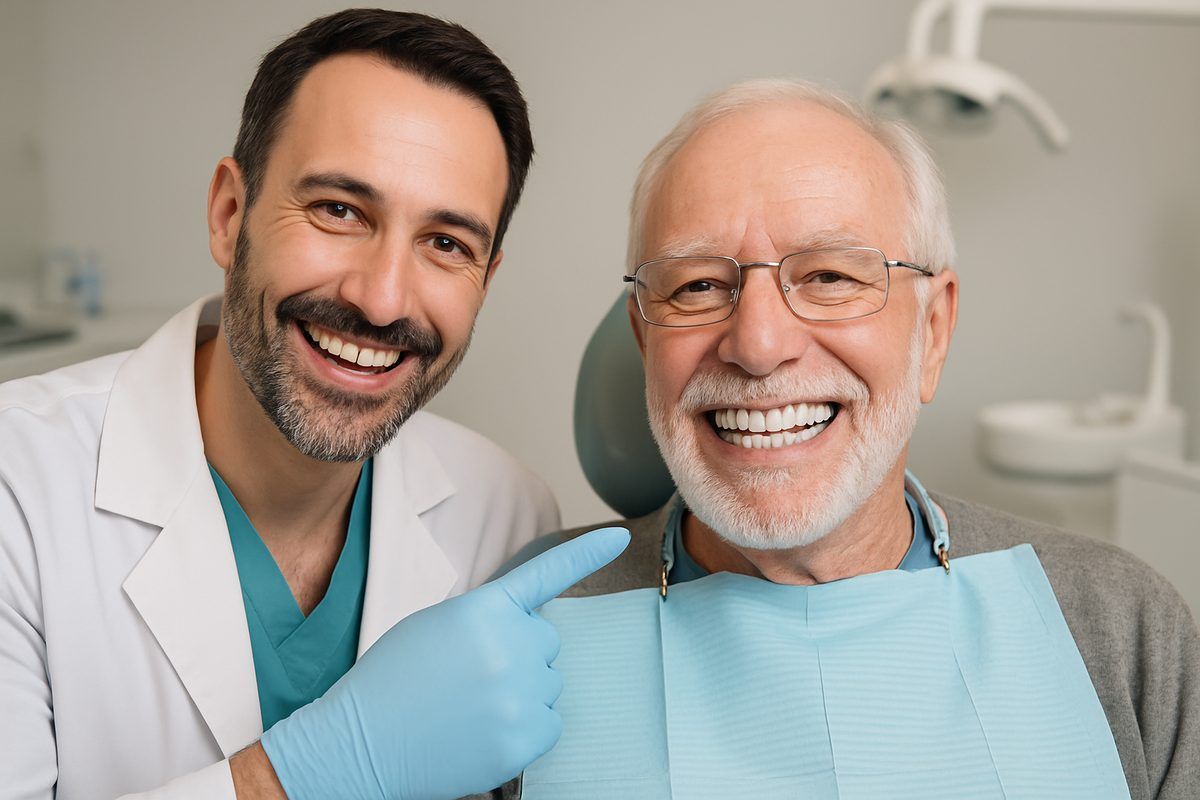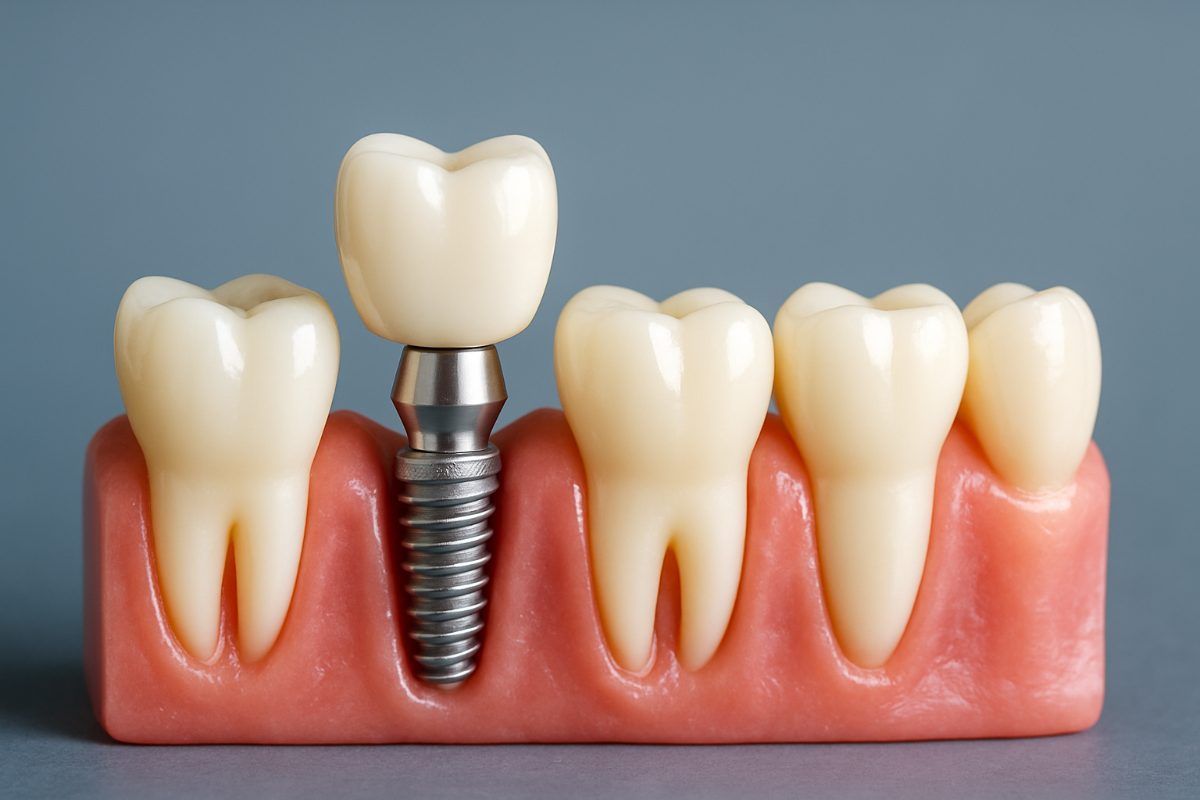Exploring Your Options: Different Types of Dental Implants for a Confident Smile
Dental implants have revolutionized the way individuals approach tooth restoration, offering a reliable and effective solution for missing teeth. These implants are small titanium posts surgically placed into the jawbone, acting as roots for artificial teeth. While the underlying concept of dental implants is consistent, the types available cater to different needs and circumstances. The diversity among these implant types arises from variations in their design, installation process, and the specific patient conditions they address. Delving into the different types of dental implants can help illuminate their benefits and how they contribute to a confident smile. Understanding these distinctions aids in making informed decisions regarding dental restoration needs.
Choosing the right dental implant involves careful consideration of the type that best suits the patient’s dental anatomy and lifestyle needs. Endosteal and subperiosteal implants represent two primary categories, each with unique characteristics. Endosteal implants are the most common, inserted directly into the jawbone and providing strong and stable support for prosthetic teeth. In contrast, subperiosteal implants rest on the jawbone and are suitable for patients who have insufficient bone height or cannot undergo bone augmentation. Recognizing the structural differences between these implant types paves the way for tailored dental solutions. Conversations with dental professionals are key in evaluating which option is optimal for achieving long-term oral health.
Comparing Implant Types: Structure and Installation Insights
Conducting a deeper comparison of endosteal and subperiosteal implants reveals important considerations in structure and installation. Endosteal implants require adequate bone volume for successful integration into the jaw, often resembling small screws. The installation involves drilling into the bone to secure the implant, followed by a healing period during which the implant fuses with the bone. Subperiosteal variants, on the other hand, do not delve into the bone but instead rest atop it, with metal frameworks underneath the gum. This option is often recommended when traditional methods are not viable due to bone loss. Both types, while differing in their approach, contribute substantially to restoring ample dental function and aesthetics.
The choice between these implants also intersects with personal comfort levels and recovery expectations. While endosteal implants generally provide sturdier support, the procedure is more invasive, necessitating a lengthier recovery period. Subperiosteal implants tend to involve a less invasive procedure, offering quicker recovery but might not be suitable for all situations. Knowing the nuances between these options aids patients in discussing their preferences and constraints with their dental providers. Personalized consultations ensure development of a treatment plan focused on achieving a satisfying smile and improved oral wellness. No matter the choice, both implant types strive to uphold robust dental health.
Influence of Materials and Techniques on Implant Success
Beyond their type, dental implants also vary in the materials used and the procedural techniques applied for installation. Commonly, implants utilize titanium, celebrated for its strength and biocompatibility, fostering successful fusion with the jawbone. Alternative materials like zirconia offer metal-free options, catering to those with preferences for holistic approaches or metal sensitivities. Each material presents unique advantages, influencing factors such as durability, aesthetic appeal, and comfort. The decision regarding material should reflect individual needs and the desired outcome, ensuring that the implants align with lifestyle and health priorities.
Procedures for placing different types of dental implants evolve with innovations in dental science, enriching the possibilities available to patients. Techniques such as guided implant surgery improve precision by utilizing 3D imaging to map the surgical site, enhancing accuracy and outcomes. Additionally, immediate-load implants can significantly compress treatment timelines by allowing temporary restoration placement during the same appointment. These advancements underscore the dynamic nature of dental implantology, leveraging state-of-the-art methods to redefine expectations for tooth replacement procedures. Patients benefit from these innovations, experiencing efficient and effective treatments aligned with contemporary dental practices.
Ideal Candidates and the Role of Emerging Trends
Determining candidacy for dental implants involves assessing several criteria, with bone density and overall oral health taking precedence. Candidates typically require sufficient bone mass to support implant integration, though bone grafting procedures can address deficiencies. Likewise, non-smokers with healthy gums present ideal scenarios for implant success due to reduced risk factors for complications. Importantly, candidate evaluation is personalized, respecting individual health profiles and history to identify the most suitable implant type and approach. With advancements in dentistry, even those once considered unlikely candidates may find viable solutions through innovative techniques and patient-focused strategies.
The landscape of implant dentistry continuously evolves, with cutting-edge trends and technologies enhancing possibilities for various patients. Mini implants provide feasible alternatives for those with minimal bone structure, while advances in digital dentistry promote increased accuracy and patient comfort. Regenerative techniques, enhancing bone and tissue health, further push the boundaries of candidate eligibility, fostering new opportunities for complex cases. As innovations progress, they supplement the foundational principles of dental implants, paving paths to success and broader access to individuals seeking restorative dental solutions. Here at Guru Dentistry, we stay at the forefront of these advancements, ensuring our patients receive the best care informed by the latest dental science.
Are you ready to restore your smile at our skilled and trusted dental practice? Don't wait to get the smile of your dreams with us. Get in contact with our doctor, Dr. Vanila and our exceptional team at our practice to schedule an appointment today!
